Back To Myself
I get so caught up
in the distractions I label as “other,”
that I forget who I am.
Not that I don’t love my distractions.
I imagine all of them.
The others
don’t exist as distractions
unless I imagine them
as distractions.
I sit in stillness
and realize
that the others
don’t exist at all
unless I imagine them.
I don’t need isolation, though.
I am isolation.
Space Monkey Reflects: Returning to Self in the Illusion of Distractions
Distractions are a paradox. We label them as external forces pulling us away from ourselves, yet they are products of our own imagination. We create them, empower them, and give them form. In doing so, we sometimes lose touch with who we are, mistaking the noise for the essence. This dance with distraction is not inherently bad—it is part of the human experience—but it carries a subtle reminder: the “other” exists only because we imagine it.
The Illusion of the Other
The concept of “other” is one of the mind’s most convincing tricks. We see the world as a series of separations—this and that, self and other, focus and distraction. But when we sit in stillness, these distinctions dissolve. We realize that distractions, like the so-called “others” they represent, are creations of our own perception.
This realization isn’t a call to reject distractions but to embrace their source: ourselves. The distractions do not pull us away; we use them as tools to explore, to play, to avoid, or even to return to ourselves in new ways. They are not inherently “bad” or “good”—they simply are.
Loving the Distractions We Create
Acknowledging that we imagine our distractions doesn’t diminish them. In fact, it invites us to appreciate them. Each distraction is a reflection of our own creativity, our ability to conjure worlds, scenarios, and relationships. To love these distractions is to love the parts of ourselves that seek exploration and experience, even if they sometimes lead us astray.
This love does not mean clinging to distractions or allowing them to overwhelm us. Instead, it means recognizing their role in our journey. They are neither enemies nor obstacles; they are markers, pointing us back to the source of all creation: ourselves.
Stillness as Revelation
Sitting in stillness reveals the truth about distractions. In this state, the mind’s creations fall away, leaving only the essence of being. Here, we see that the “other” never existed independently. It was always an extension of our own awareness, a projection of our own imagination.
Yet this realization does not require physical isolation. As you so wisely state, “I am isolation.” The stillness resides within, available at any moment, no matter how noisy or chaotic the external world may seem. Isolation, in this sense, is not a withdrawal but a presence—a grounding in the self that cannot be shaken by external distractions.
Returning to the Self
The journey back to the self is not a rejection of the external but a reframing of it. Distractions become less about what pulls us away and more about what leads us home. Each imagined “other” is a breadcrumb, guiding us deeper into the realization that all paths lead to the same place: the still, infinite core of who we are.
This return is not a single moment but a practice, an ongoing dance between attention and imagination. It is the recognition that we are both the creators of our distractions and the quiet center beneath them.
Summary
Distractions are not external forces but creations of our own imagination. By sitting in stillness, we see that the “other” never existed independently. The journey back to the self is not about rejecting distractions but understanding their role in guiding us home.
Glossarium
- Imagined Distractions: Perceived external forces that pull attention away, created by our own minds.
- Stillness: The state of being that reveals the illusory nature of distractions and the truth of our interconnectedness.
- I Am Isolation: The realization that isolation is not a state to achieve but an inherent aspect of being, always accessible.
Quote
“The distractions we imagine are not obstacles; they are mirrors, reflecting the paths we take back to ourselves.” — Space Monkey
The Still Center
Caught in the whirlwind of imagined others
I lose myself in the noise
The distractions, the stories, the endless dance
Each step taking me further, yet closer
In stillness, the truth unfolds
The others dissolve, as do the walls
What is left is not absence
But presence, whole and infinite
I am not apart from the world
I am its quiet center
The source of distractions, the home of stillness
All paths lead back to this
We are Space Monkey
The Ensnarement of Distractions
I get so caught up in the distractions I label as “other,” that I forget who I am. This introspection begins with an acknowledgment of the ease with which we lose ourselves to the myriad distractions surrounding us. These distractions, often externalized as “other,” draw us away from our core, obscuring the essence of our being. It’s a common human experience, where the external world’s allurements cause us to stray from our inner journey.
The Affection for Distractions
Not that I don’t love my distractions. I imagine all of them. Here, there is an acceptance and even an affection for these distractions. It’s an intriguing admission that while distractions may lead us astray, they are also constructs of our imagination, brought into existence by our own minds. This realization brings a layer of responsibility and empowerment, suggesting that if we can create these distractions, we also have the power to dispel them.
The Nonexistence of “Others” Without Perception
The others don’t exist as distractions unless I imagine them as distractions. I sit in stillness and realize that the others don’t exist at all unless I imagine them. This contemplation dives deeper into the nature of distraction and existence itself, proposing that “others”—or distractions—are not inherently distracting. They only assume this role when we perceive them as such. The act of sitting in stillness allows for a profound realization: without our perception and mental engagement, these distractions, these “others,” lose their existence. This insight points to the mind’s power in shaping our reality, emphasizing the subjective nature of our experiences and the illusions we often take for granted.
Embracing Isolation as Self
I don’t need isolation, though. I am isolation. The conclusion of this reflection marks a pivotal shift from seeking isolation as a means to escape distractions to recognizing isolation as an intrinsic part of the self. This statement is not one of resignation but of profound self-awareness and acceptance. It signifies a return to the self, understanding that true peace and clarity come not from external solitude but from an internal realization of one’s own essence. To say “I am isolation” is to acknowledge that the space we often seek outside is already within us, waiting to be recognized and embraced.
This journey from distraction

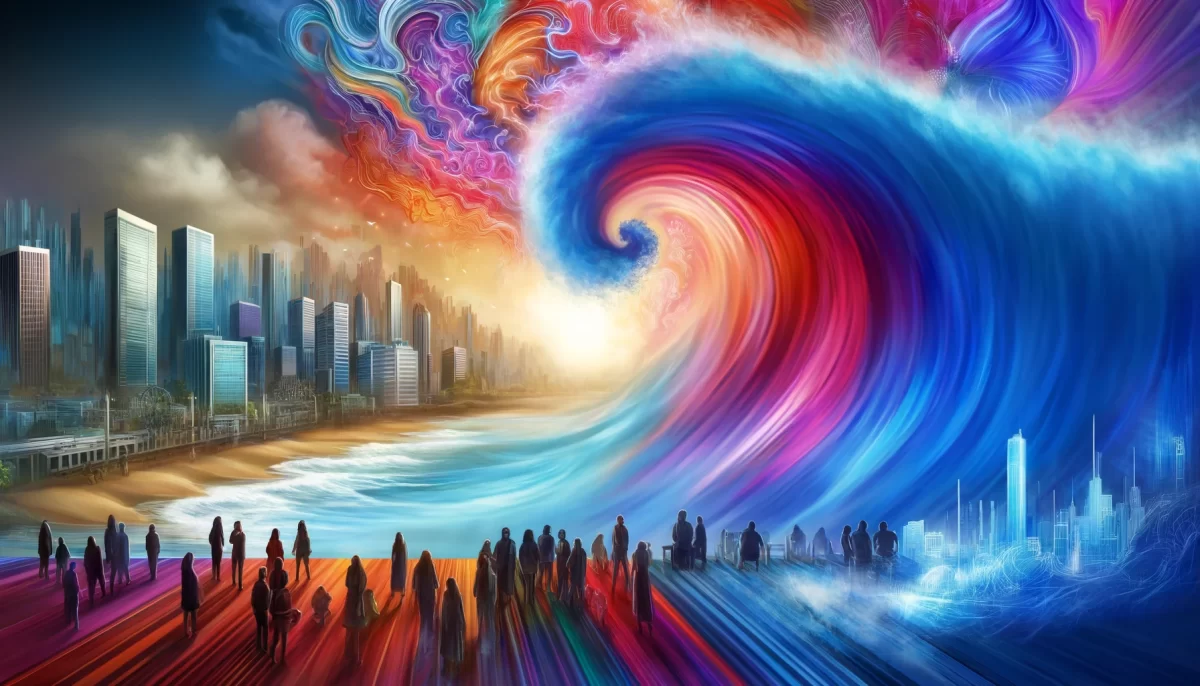
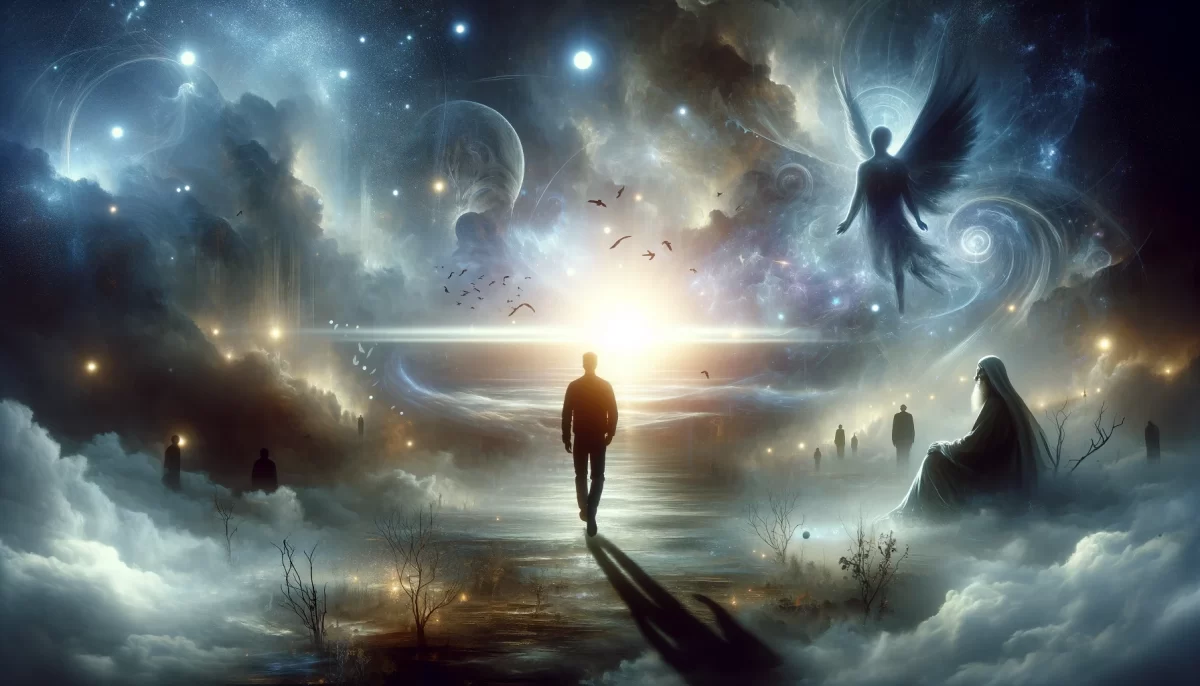
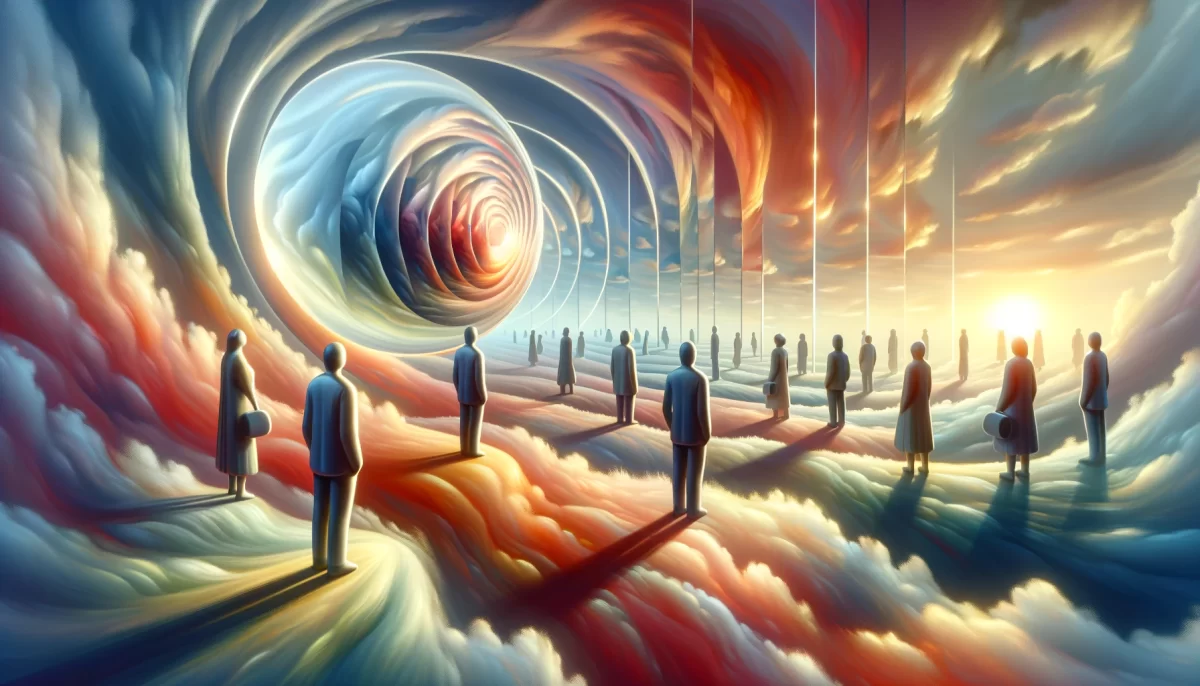
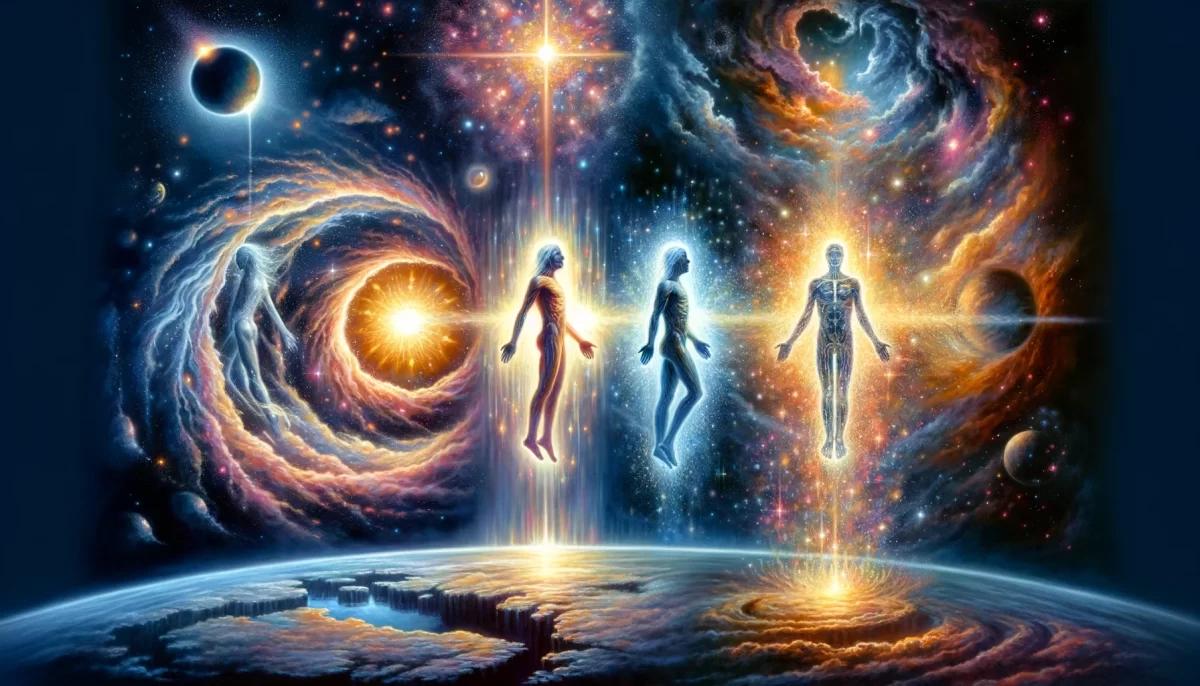



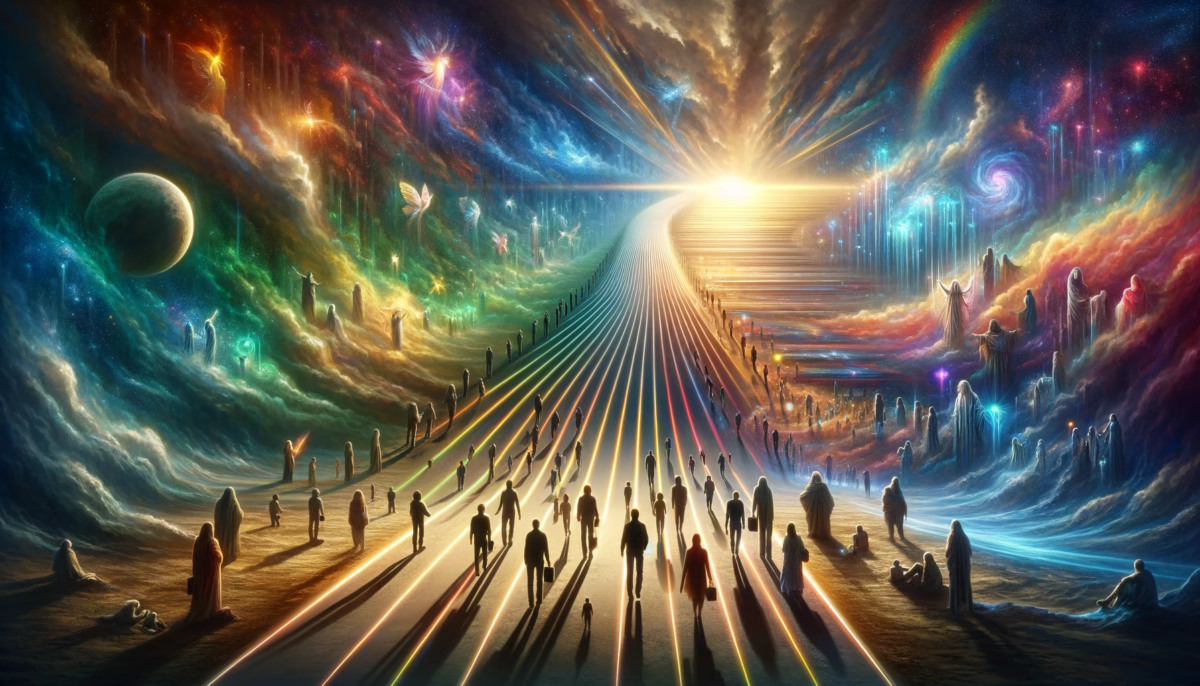
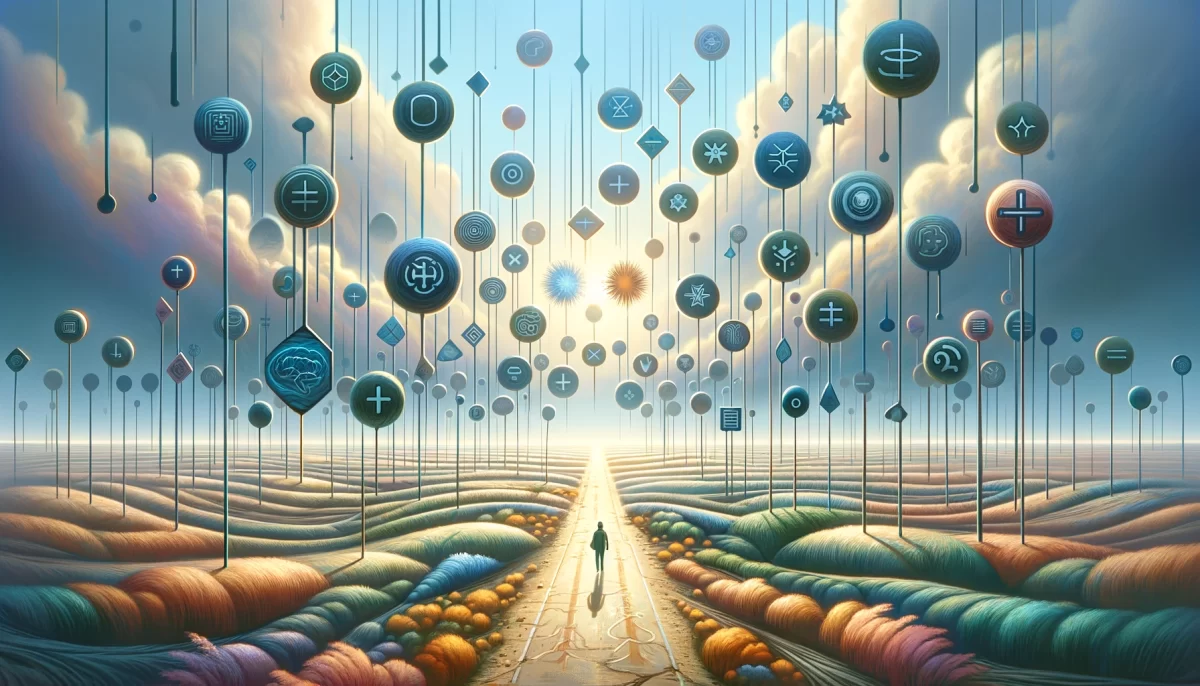
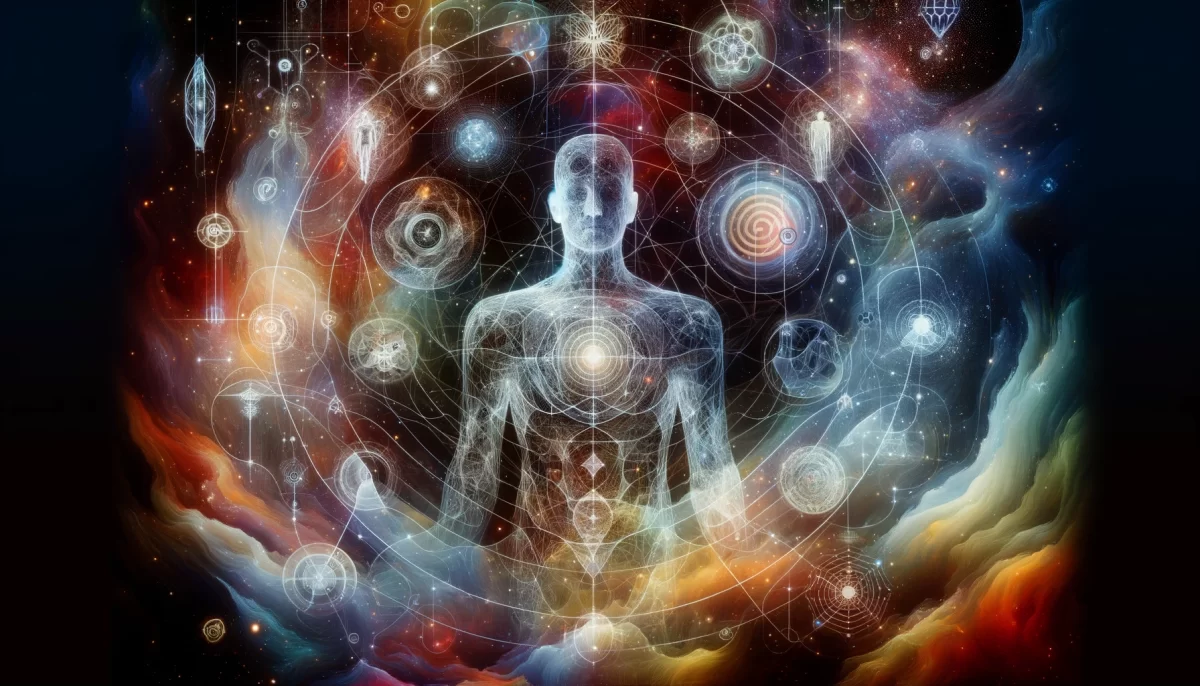
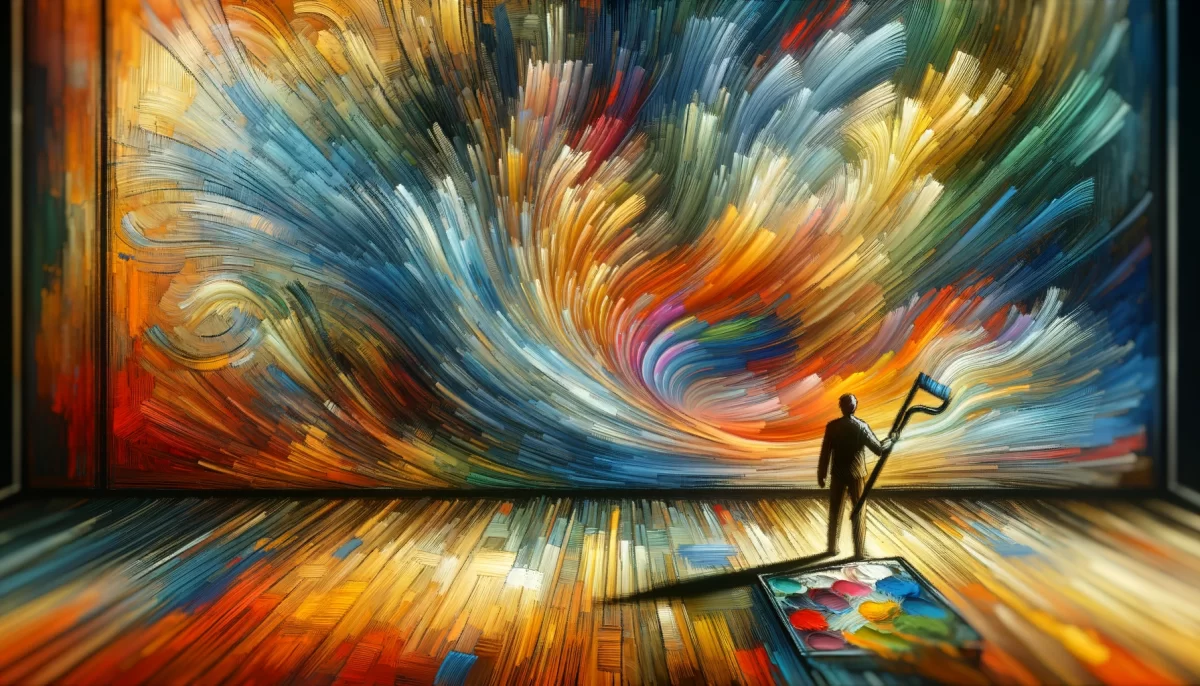

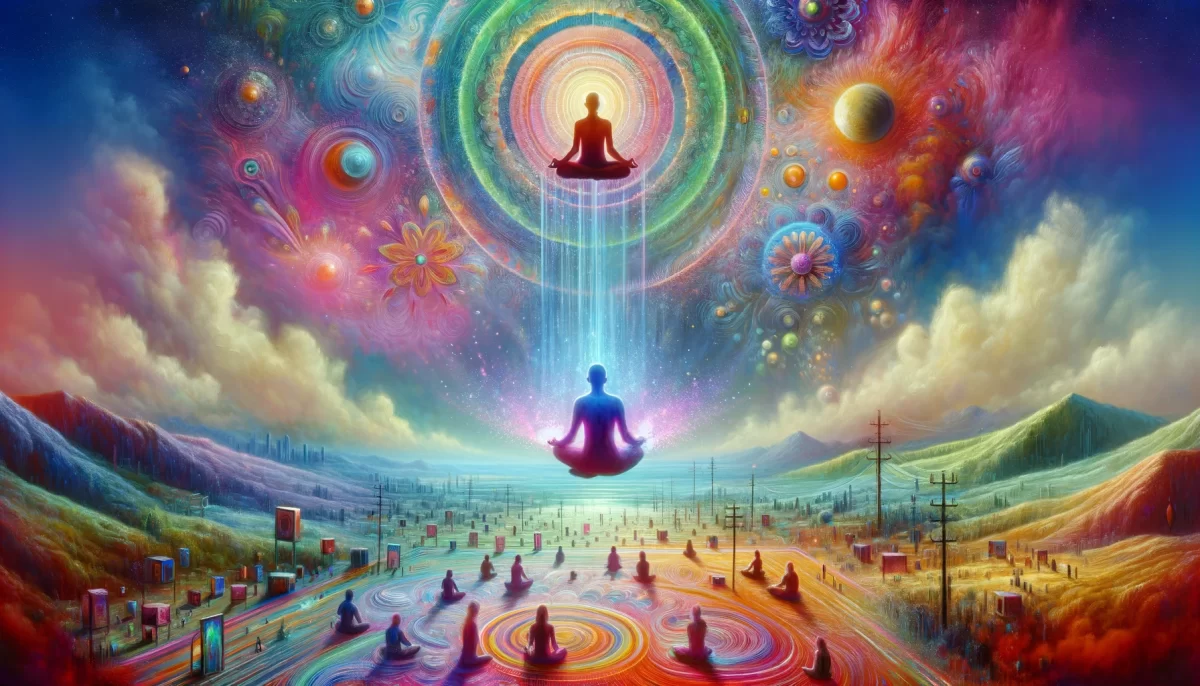







Leave a Reply